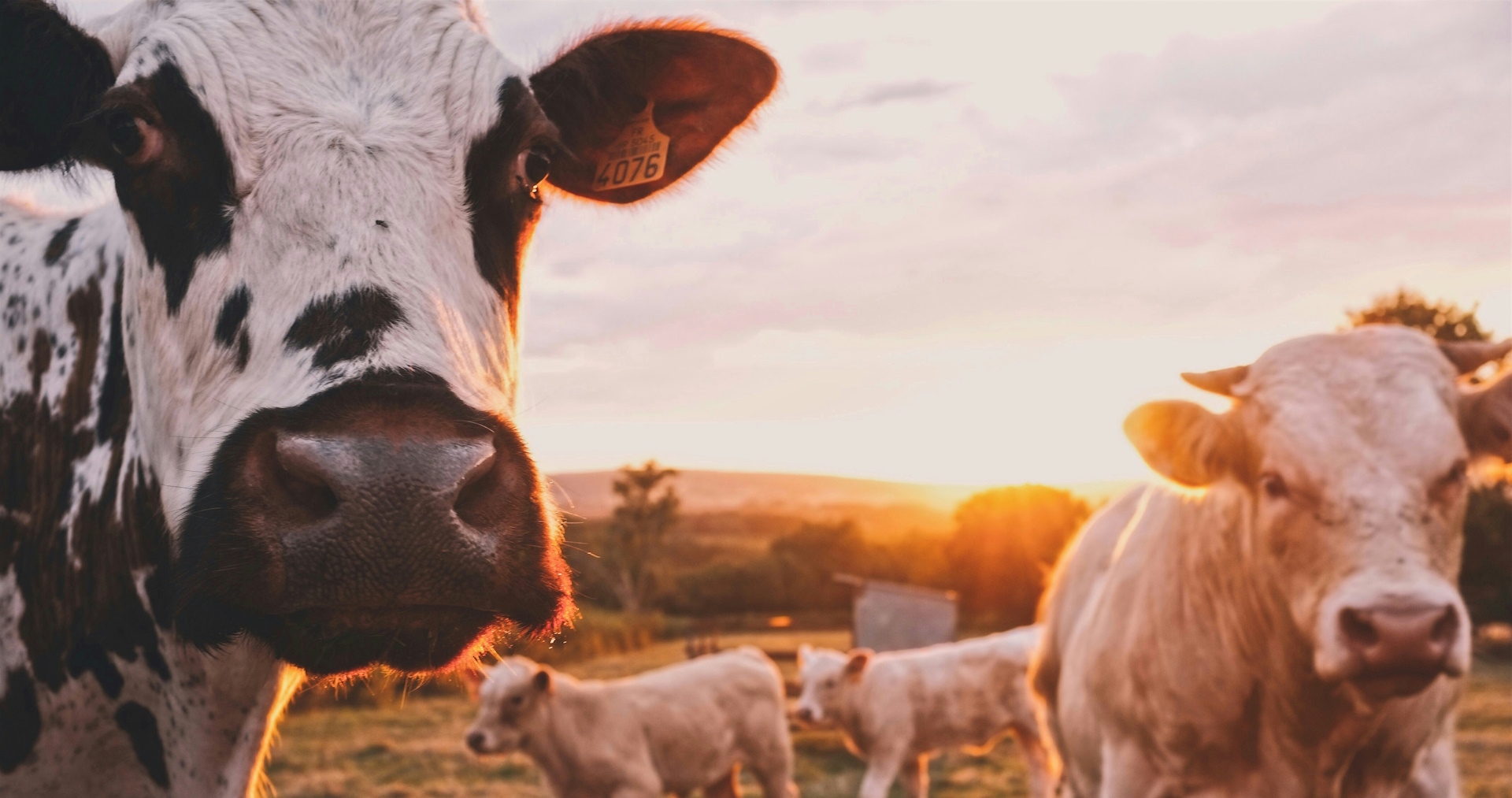
Total meat consumption in France has risen steadily since the 1970s, but the share of beef is declining. The beef industry is faced with an aging workforce, a vocational crisis, a significant decline in livestock numbers, and strong, multi-faceted competition. What are the driving forces and potential pitfalls?
Following on from a study on the dairy cattle industry published in November 2023, BASIC and French NGO Fondation pour la Nature et l’Homme have now turned their attention to the mechanisms for creating and distributing value within the French beef industry.
France stands out in Europe for its strategy of promoting and supporting beef cattle breeding. This has been encouraged and financed by the public authorities for over 50 years, through genetic research, aids earmarked for livestock bred in the mountains, and support for slaughterhouses (2.8 billion euros in 2020 just for supporting breeders). Yet the financial results of beef cattle farms – before subsidies – have been negative for over 15 years. Only twice between 2010 and 2020 have specialized beef farmers been able to achieve an income equivalent to the minimum wage. Their net hourly income was equivalent to 0.94 SMIC (France’s minimum wage) in 2021.
The industry is characterized by the growing importance of minced beef patty in beef purchases. It accounts for over 66% of all beef consumed in France over the course of a year. Minced beef patty, a standardized and mass-produced product, is one of the main products used by supermarket chains in their price wars. They put it forward to attract customers to their stores via its discounted price.
To compensate for this quest for low prices, players in the middle of the chain (slaughtering-cutting and distribution) are seeking to reduce the cost of raw materials. The number of slaughterhouses has halved in 40 years, as the sector concentrates to gain bargaining power. As a result, the pressure is back on breeders, who face two types of competition:
First, competition from the French dairy industry, whose cull cows (deemed unfit for milk production, for example, because of their age) supply carcasses that are sold 30% cheaper to slaughterhouses and are totally substitutable for suckler cow meat in the manufacture of standardized products such as hamburgers and ready-made meals.
Second, competition from low-cost beef imports from the rest of the European Union. Most of these come from dairy herds and are fuelled by a shortage of French female cow’s meat, which is highly sought-after by consumers.
Even a production model that values the work of breeders through the Label Rouge and organic farming quality labels does not benefit all links in the chain (breeding, slaughtering-cutting, distribution).
Intermediate players in the slaughter-cutting sector, who are struggling to cover their production costs, are even seeing their financial equilibrium undermined by the additional costs linked to the traceability required by these labels, and the difficulty of passing these additional costs on in their selling prices to retailers or caterers.
For further information, you can read the following documents (in French):
Photo: Stijn te Strake / Unsplash.